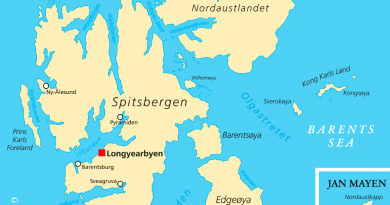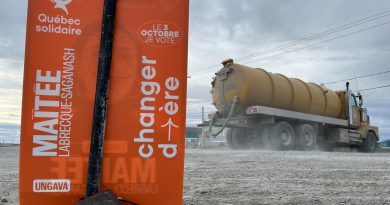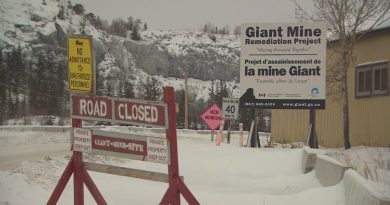Arctic research station in Cambridge Bay, Nunavut, reopens after pandemic closure
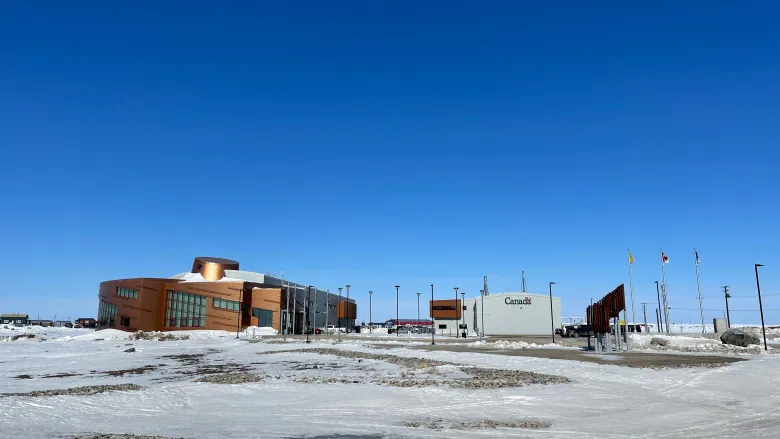
Closure gave researchers extra time to fine-tune the facility
COVID-19 pandemic restrictions kept the doors of the Canadian High Arctic Research Station in Cambridge Bay largely closed to the public and researchers for more than a year, but the station is throwing those doors open once more.
The recent pause encouraged researchers to reach out into the community of Cambridge Bay to help collect their data, and it also allowed staff at the station to fine-tune the new facility, said Martin Léger, the manager of the station’s laboratories.
Léger spent his time drafting health and safety protocols for the use of the laboratories.
“You just can’t walk into a laboratory. You need protocols so the activities will be done in a safe and healthy manner for people who are working,” he said.
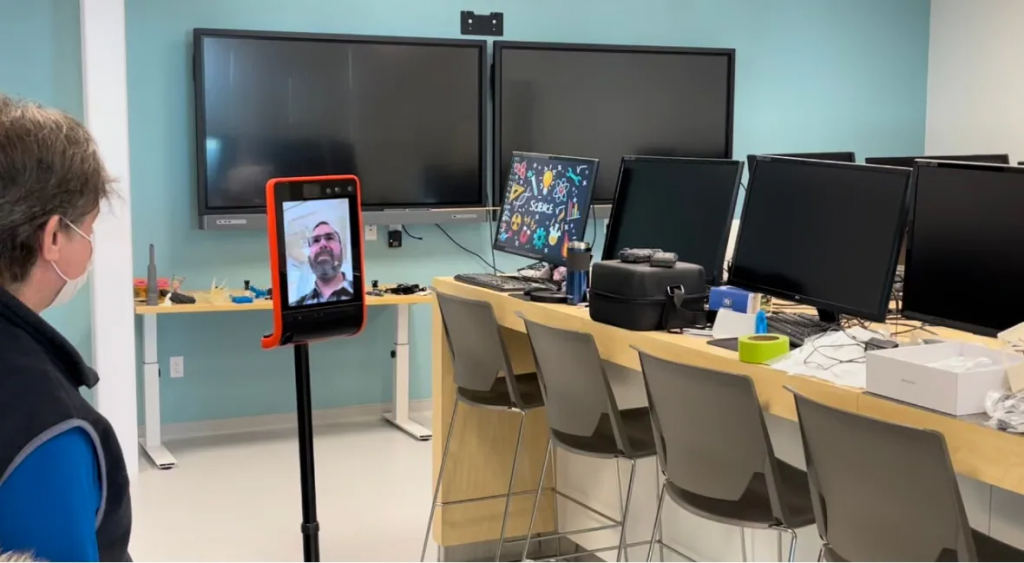
The research station had barely been open for six months when the pandemic hit. It was a central part of former prime minister Stephen Harper’s strategy for the Arctic, focused on understanding the impacts of climate change.
The station’s huge buildings, which cost about $250 million to build, officially opened in August 2019. They shuttered along with other federal government buildings early in 2020.
This unexpected pause was in some ways a blessing, said Chris Arko the lead of scientific data and computing at the station. That’s because he was able to spend the time getting ready for an influx of researchers wanting connectivity.
At the same time, he set up a powerful public Wi-Fi network at the station, which he called “unparalleled in the North” for its capacity.
Arko also worked on various projects that have direct use, such as a 3D computerized system with a printer that can produce plastic parts as well as sun goggles.
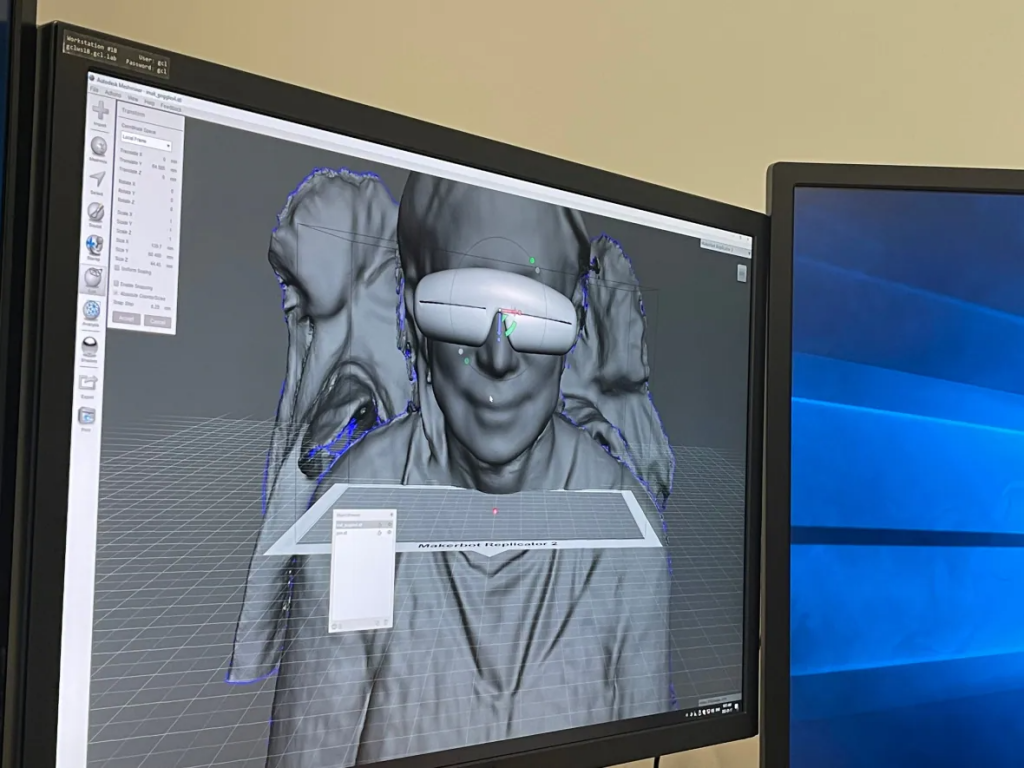
There’s now a mobile robot on site, as well. It’s called STRETCH, short for “Super Telepresence Robot for Exploring the Canadian High Arctic Research Station.”
This robot has an online screen that can be used to link up with people outside Cambridge Bay, to get input on repairs or provide communications for researchers.
Arko said it’s possible for someone anywhere in the world to direct the robot, which has a screen on a stick connected to a self-balancing roller.
“Anything they said they might be able to do in Star Trek in 1993, we can do pretty much do today,” he said about the robot.
The cost of the robot has actually offered savings due to the cost of getting to and staying in Cambridge Bay, Arko said.
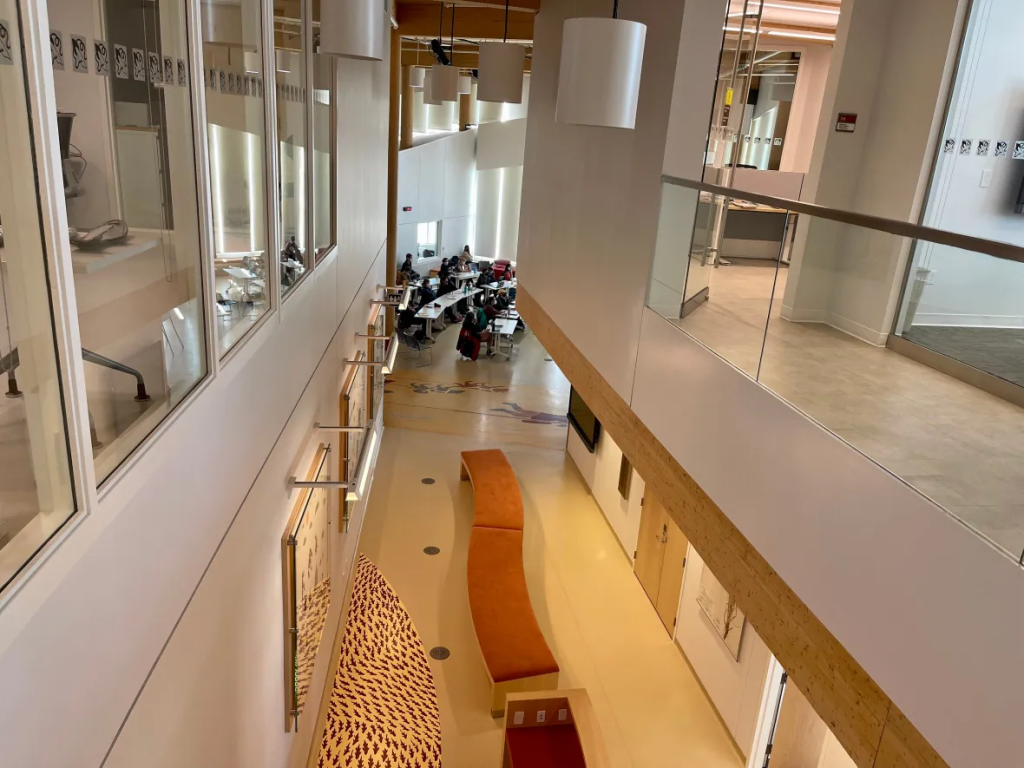
Arko has also developed a virtual tour of the station’s nearby research camp that allows researchers to learn about the safety regulations and layout of the research camp before they even arrive.
Among the researchers now on site is Brent Else from the University of Calgary who studies greenhouse gases in the marine environment, part of a larger international study.
These days, he travels out on the sea ice to retrieve ice cores for later study to better understand how much carbon dioxide is being released or stored in waters around Cambridge Bay.
Else, like other researchers, wasn’t able to come to Cambridge Bay last year.

“The pandemic did cause some problems for us, but fortunately we were able to maintain our data collection as we were able to make connections with local technicians and the hunters and trappers association,” Else said.
“We were able to fill in the gaps by being involved with the community in that way.”
Else plans to remain in Cambridge Bay until early June when the sea ice will become too unstable to travel over.
But his research will continue for years, Else said, to look for trends over time.
Related stories from around the North:
Canada: “Our climate is changing before our eyes,” says WMO upon release of new report, Eye on the Arctic
Finland: The world could transition entirely to cheap, safe renewable energy before 2050: Finnish study, Yle News
Greenland: Melting of Greenland glacier generating its own heat and accelerating thaw from base, says study, Eye on the Arctic
Norway: Will the green transition be the new economic motor in the Arctic?, Eye on the Arctic
Sweden: Sweden’s climate policies closer to reaching goals, Radio Sweden

